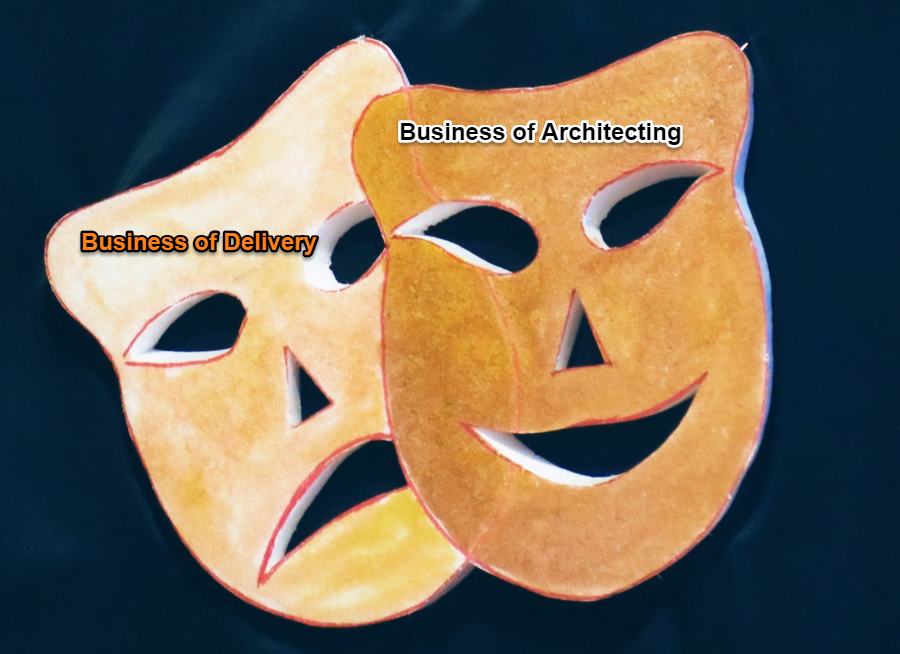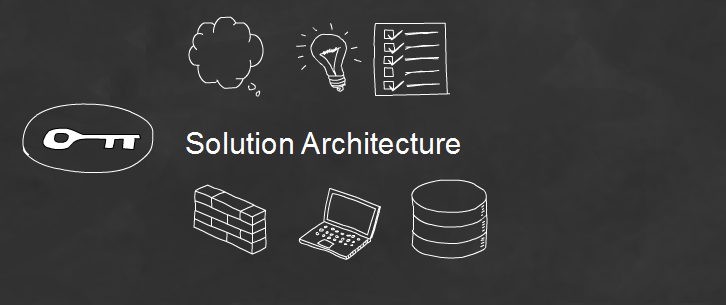
RFP in the age of pay as you use / On demand Software ?
As you could see above the Ruler of Dubai has floated an open tender on his linkedin page calling for a solution to traffic congestion . As part of an IT team we are most often tasked with the task of how to prepare an RFP how to respond it and what does it take to ensuring that you are putting your needs across to that prospective vendor or customer out there to whom it needs to go out to.
In the age of cloud and COTS ( Commercial Off the Shelf ) solutions or software there are customers who pick and choose which software solution to buy based on similar success stories and circumvent the need for a formal RFP. They would most often go with a pay as you use model where with a subscription model you have the software solution at your disposal . But this apart the RFP is not dead yet and there are many formal RFP which get circulated like the one above where the need for pick and choose the right solution from the customer makes sense.
Some of the qualities that you would need while responding to an RFP ?
Understand the customer problem as it stands.
Articulate your value proposition to the customer so that you differentiate from the competition ?
Just because there is a solution it would straight way fit the customer’s context.
How are you going to take of customization needs from a solution fitment point of view.
What is the type of language / taxonomy that you would use when you interact with the business folks . Is it same as the IT side of things ?
Do you understand the jargon and the nitty gritties referred to in the RFP ?
Are you technically competent to see the solution in its entirety or are you from the business side of things where you are looking at the solution from a viability perspective from a purely business angle.
Do you understand responding to an RFP has a direct relevance to the development or downstream chain of solutions being offered. Sales promise the world and the reality is delivered by the downstream people.
Ability to think in terms of abstraction is a key asset here . How would you hide the implementation details and look at a reference architecture to solve these.
How will a reference architecture help you solve these issues , as these shall help creating repeated success in the company and also help iron out issues while solutioning with the client. What other skills do you find to be lacking here ?









